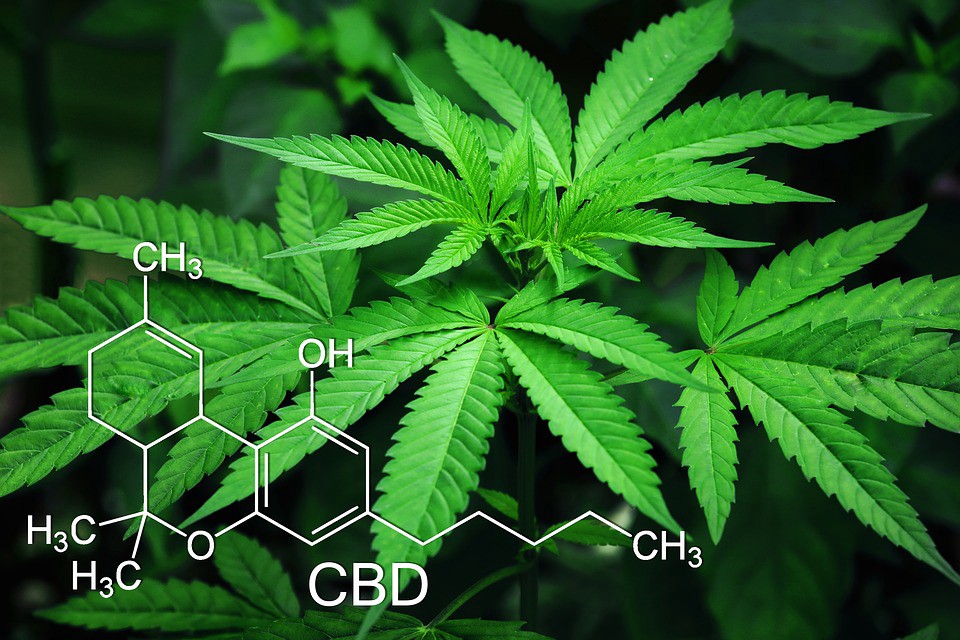
We’ve often thought that traumatic and disease-related brain injuries were virtual, if not actual, death sentences. But cannabidiol (CBD) is being used to change the trajectory of the lives of people who are affected by these injuries, preventing perhaps the worst of all health issues.
Here’s why.
Neurodegenerative diseases such as epilepsy and other seizures, Alzheimer’s, Parkinson’s, and other forms of dementia are nervous system disorders which have been known to have been directly improved by CBD, from research that goes back more than thirty years.[1]
But these diseases, although horrifying and in need of treatment, are just a drop in the bucket compared to more common brain injuries.
The most common kind of stroke, an ischemic stroke, is caused by a blood clot or the narrowing of a blood vessel leading to the brain. A stroke of this kind keeps blood from flowing into other parts of the brain and keeps needed oxygen and nutrients from reaching brain cells, which can lead to cell death. To this end, stroke is a leading cause of serious, long-term disability. In fact, about 5.7 million stroke survivors in the United States are alive today, many of them with permanent stroke-related disabilities.[2]
But CBD could change all of that.
The idea that CBD treatment can help patients with brain cell death is predicated on the concept of neural plasticity.[3] CBD is one of several neurotransmitters called neuromodulators, because they assist in carrying messages in many areas of the brain. It can affect neurons, among other brain cells, which possess the remarkable ability to alter their structure and function when they are trained to do so. CBD does just that.[4]
In essence, CBD actively helps our brains and our bodies recover simultaneously.
Most of us have heard of the chemical dopamine. This is the neurotransmitter involved in Parkinson’s disease. It is a calming, or inhibitory, chemical that stops neurons from firing. In the case of Parkinson’s, not enough dopamine is released in an area of the brain called the basal ganglia. Because the neurons in this area are not kept from firing, people with the disease have tremors or jerky movements. If you are sitting quietly while reading this, your dopamine is working nicely allowing you to do so. As a neuromodulator, CBD helps to activate dopamine so that this process stops.[5]
Production of serotonin takes place in brain regions located just above the spinal cord, but serotonin-producing neurons have very long axons (the connection between one end of the neuron to the other). Serotonin, consequently, may be involved in almost every message sent. What serotonin does, instead, is make sure that our brain cells do not die off when we need them the most.[6]
CBD decreases brain cell death in the same way as serotonin, but it also increases the amount of oxygen in our brains, nervous systems, and cells at the same time.
That’s why, in 2015, the US Food and Drug Administration granted GW Pharmaceuticals Fast Track designation for intravenous CBD to treat ischemic stroke in children as well as other brain diseases. The European Commission also granted designation for CBD to be used in the treatment of perinatal brain injury. Currently there are no other treatments available for these conditions.[7]
CBD is not the only pathway to neuroplasticity and to recovery from these challenging conditions, but it’s proving to be one of the most significant ways for us to heal our brains.
And that’s good for everyone.
-Klee
[1] Langner, J., & Zajicek, A. (2017). Social construction of drug policies and target populations: US Policy and media discourse. Acta Universitatis Lodziensis. Folia Sociologica, (Acta Universitatis Lodziensis. Folia Sociologica nr 62/2017).
[2] Heron, M., Hoyert, D. L., Murphy, S. L., Xu, J., Kochanek, K. D., & Tejada-Vera, B. (2009). Deaths. National Vital Statistics Reports, 57(14), 1–135.
[3] Kleim, J. & Jones, T. (2008). Principles of experience-dependent neural plasticity: Implications for rehabilitation after brain damage. Journal of Speech, Language, and Hearing Research, 51, S225–S239.
[4] Hayakawa, K., Mishima, K., & Fujiwara, M. (2010). Therapeutic potential of non-psychotropic cannabidiol in ischemic stroke. Pharmaceuticals, 3(7), 2197–2212.
[5] Chagas, M. H. N., Zuardi, A. W., Tumas, V., Pena-Pereira, M. A., Sobreira, E. T., Bergamaschi, M. M., … & Crippa, J. A. S. (2014). Effects of cannabidiol in the treatment of patients with Parkinson’s disease: an exploratory double-blind trial. Journal of Psychopharmacology, 28(11), 1088–1098.
[6] Castrén, E., Võikar, V., & Rantamäki, T. (2007). Role of neurotrophic factors in depression. Current opinion in pharmacology, 7(1), 18–21.
[7] Centers for Disease Control and Prevention. (2018). Stroke. Retrieved from http://www.cdc.gov/; World Health Organization. (2017). CANNABIDIOL (CBD) Pre-Review Report. Geneva: Expert Committee on Drug Dependence, Nov 6–10.
